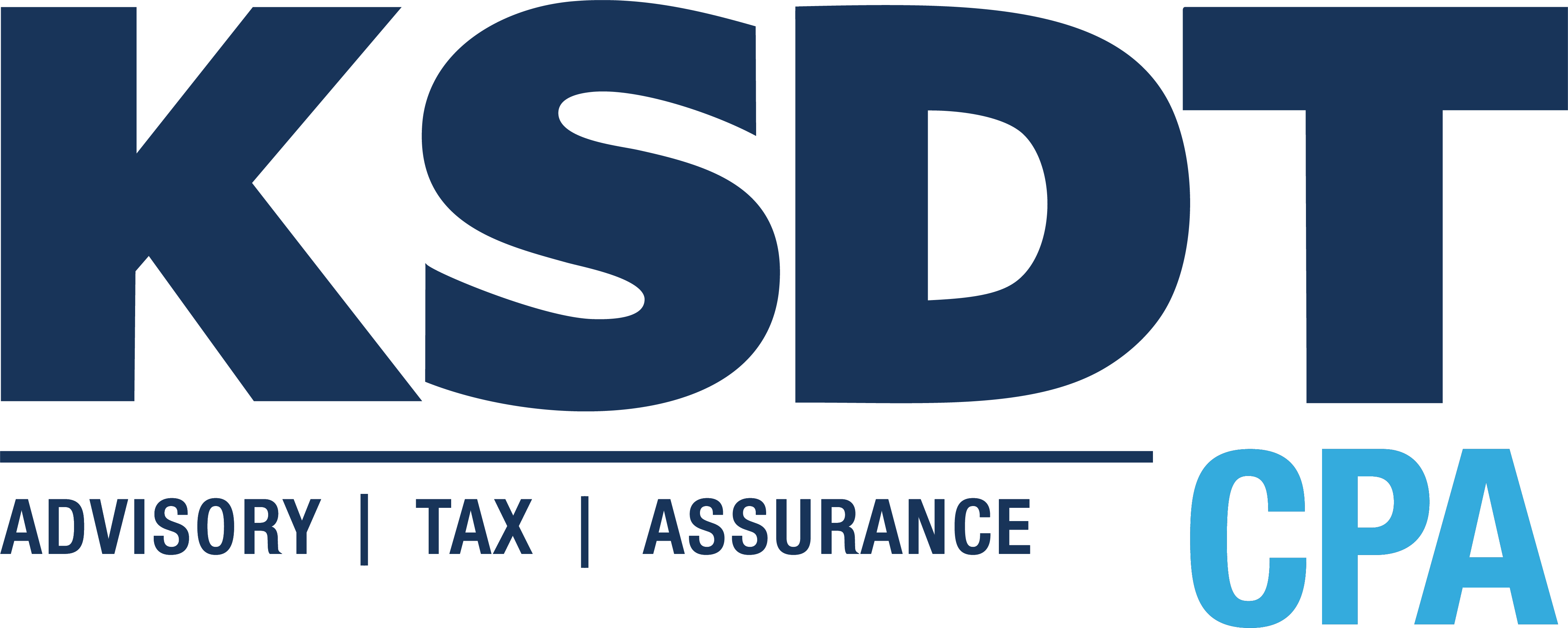A 529 Plan is an investment account that offers tax benefits when used to pay for qualified education expenses. Investments grow tax free and withdraws are tax- and penalty-free as long as they are used to pay for eligible expenses.
Most states offer their own 529 plan; you don’t have to be a resident of the particular state in order to establish an account. Many states also offer a state income tax deduction or tax credit for 529 plan contributions. There are even a handful of states that will give you a tax benefit for contributing to a different state’s 529 plan!
Who can contribute to a 529 Plan?
Anybody! The account has one owner and one beneficiary, but anyone (friends, family members) can contribute.
What happens if the beneficiary doesn’t use all of the funds?
The owner of the 529 plan is always in control of the account. They can name another person as a beneficiary (check with your 529 plan for eligibility), they can use the money themselves for qualified education expenses, or withdraw the funds (penalty applies).
Can 529 Plan Funds be used for other types of schooling?
You can withdraw up to $10,000 per year to pay for private elementary or high school tuition, penalty-free. Some states don’t conform to federal law, so be certain to check with your tax professional for your individual circumstances.
Eligible expenses related to attending trade schools, vocational programs, and registered apprenticeship programs are also allowed under a 529 plan.
What is a qualified expense?
For a withdraw to be free from penalty, the funds have to be used for a qualified expense. Qualified expenses include:
Tuition—full or part time attendance at an accredited institution
Room and Board—for on-campus students, this is the cost of housing and a meal plan. For off campus students, rent and food are a qualified expense, but the amount can’t exceed the school’s published Cost of Attendance. For example, if the school charges $7,000 per semester for housing, but the student’s off-campus housing costs $8,000 per semester, only $7,000 is a qualified expense and can be withdrawn tax- and penalty-free. The remaining $1,000 either needs to be paid out-of-pocket or would be subject to tax and penalties if paid from the 529 plan
Books and Supplies – textbooks, ebooks, lab fees, course fees, pens, paper, etc. required for a class is a qualified expense
Technology – computers, printers, and internet service are qualified expenses while you are enrolled in college
Student Loan Repayment – the IRS allows you to take up to $10,000 from a 529 plan to repay student loans. Check with your state to ensure that they conform to this law; some states do not and will assess taxes/penalties on the withdraw.
What isn’t a qualified expense?
There are certain expenses that seem like they should be a qualified expense but actually aren’t covered. Examples include:
Health Insurance
Fitness Club Memberships
Transportation
Cell Phone Plans
College Application and Testing Fees
An Easy Way to Save on Taxes
529 plans are a very common way to save taxes for families with children planning to go to college. If anyone in your household is currently attending educational programs or even plans to in the future, give us a call, and let us help you save on taxes with this deduction.

